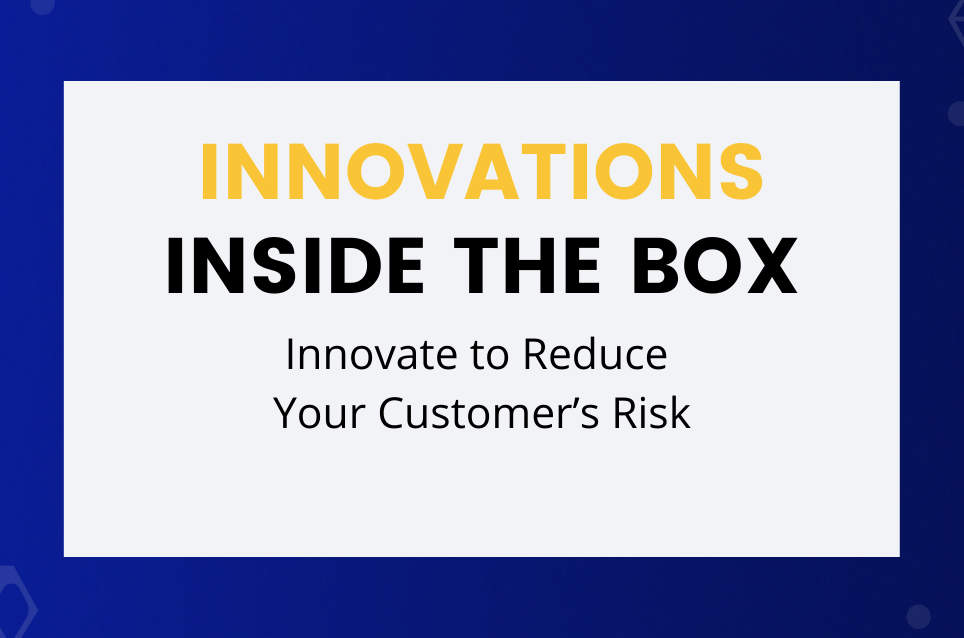Do you remember a time when you were just about to buy something, but at the last minute, you stopped and said, “No, I don’t think I’ll buy this.” So what stopped you? It was most likely because you were worried about something. There was too much risk around the purchase, so you walked away. Guess what? You’re just like every other consumer out there. Being a consumer is risky business.
As an innovator, you have to understand the risks and uncertainties faced by your customers, and figure out innovative ways to lower that risk. The lower the risk to consumers, the more likely they are to buy the product and less likely they are to complain about it afterwards.
Consumers face different types of risk. Financial risk is the risk of losing or wasting money on the deal. Physical risk is the risk of injury from using the wrong product or using a product incorrectly. Functional risk is the risk of buying a product that doesn’t work as expected or fill the need the way you wanted it to. And finally is psychological risk. This is the risk you face from feeling badly about the purchase, perhaps feeling guilty or even foolish.
When people face these risks, there’s two ways they think about it. First, they wonder about their downside risk, or what they stand to lose in buying the product. They also wonder about their upside risk, or what they stand to gain from buying the product. Research shows that potential losses loom larger than an equivalent gain. In other words, people do more to avoid losses than they do increasing their gains, and that is especially true as we get older. After all, people are betting the product will meet their needs, and they don’t want to lose out.
Now, consumers will do all they can to reduce these uncertainties, but things get in their way, sometimes making the shopping risk even worse. For example, you might be shopping online and find many competing products to the one you were interested in. Now you have choices to make, and that gets scary. Or perhaps you find information about the product that’s inconsistent with what you originally thought. Perhaps prices are changing so often that you don’t know the right time to buy.
So here are things you can do to help consumers deal with uncertainty. First, provide as much information about the product as you can. Make sure it’s where people can find it, in your stores, online, or with your salespeople.
Show comparisons between your product and the competition. Provide independent test data on how your product works. Give consumers access to knowledgeable and trustworthy experts. Share testimonials from other customers about their experience with the product.
Make it easy and convenient to shop for your products. Let them inspect and test your products before they buy it. If they’re worried about the product working or the price changing, give them a warranty or guarantee so they can return the product if it doesn’t work or if they find a lower price.
Now here’s a tip. Try to give your customers three choices of the product: a high priced/high functioning product, a low priced/low functioning option, and a middle option. Research shows people often select the middle option when they’re not sure what to buy. Without that option, they may walk away.
Trust me – customers want to buy from you. Good innovators make it as easy and risk-free as they possibly can.
Want to learn more about your customers? Visit Understanding Consumer Behavior.





